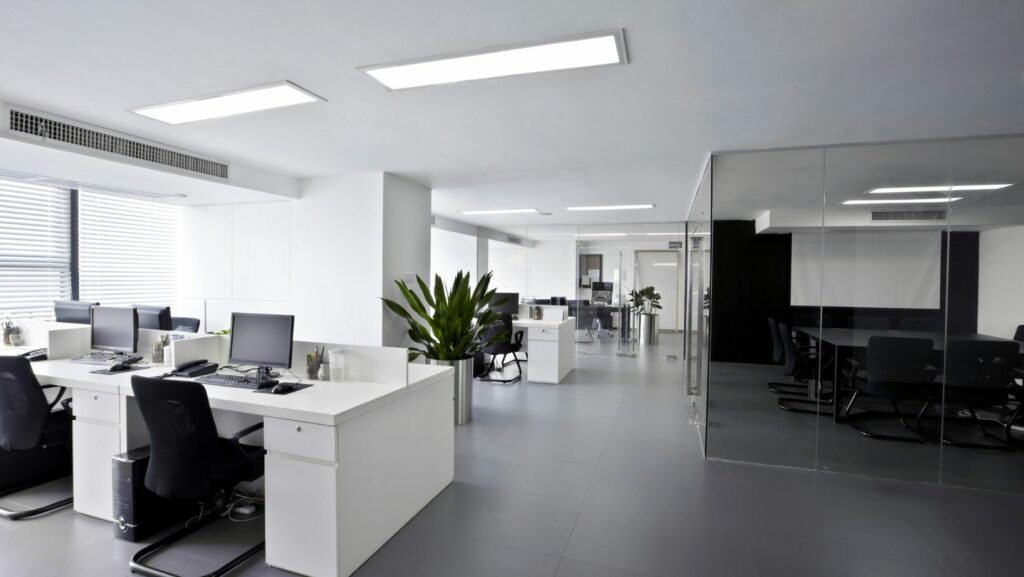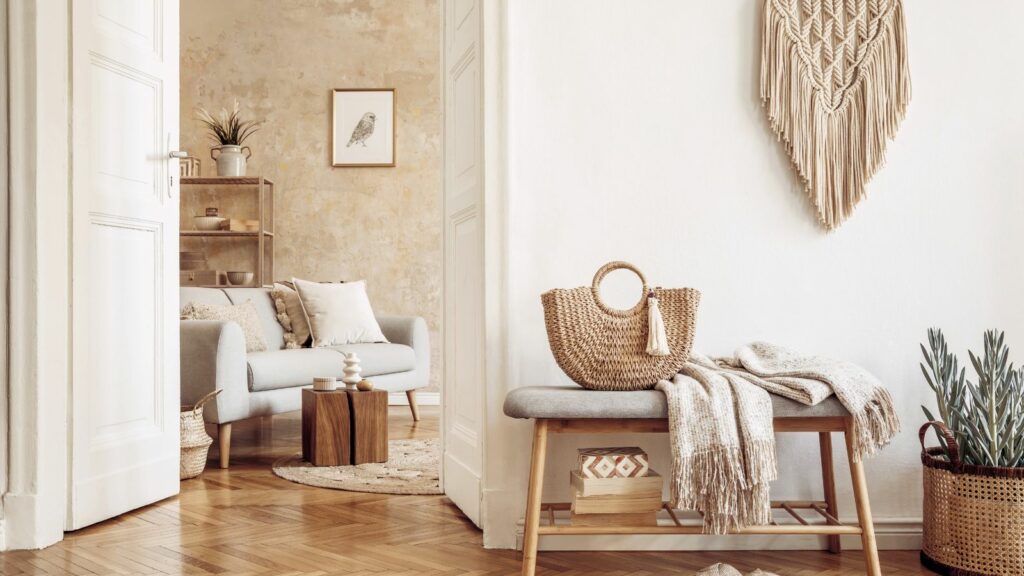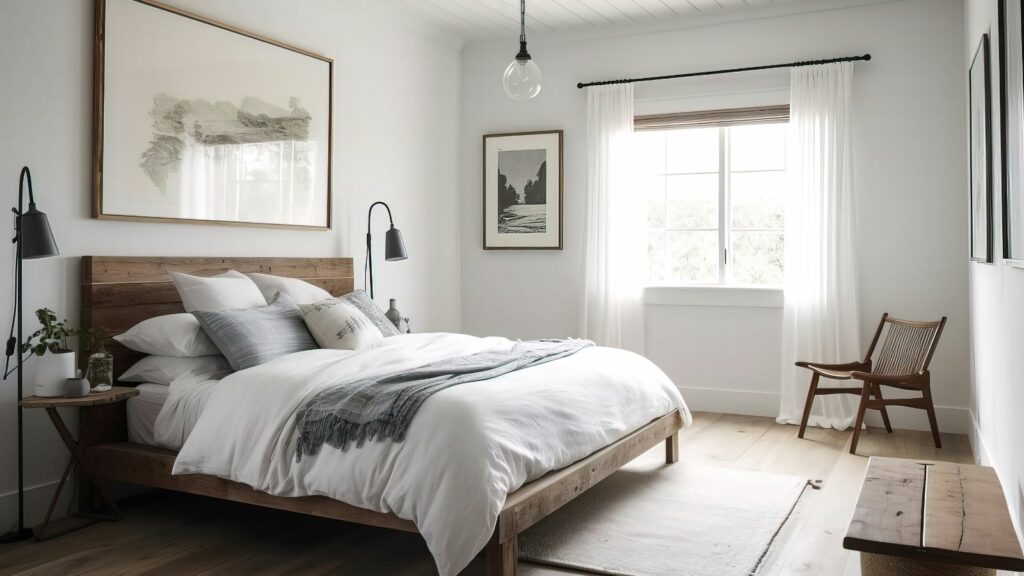Modern office design plays a significant role in enhancing productivity, improving employee morale, and making a positive impression on clients. The balance between aesthetics and functionality from architecture experts is essential for creating a workspace that not only looks good but also supports the needs of employees and the work being done.
The Importance of Office Interior Design
Office design is no longer just about choosing furniture and arranging desks. The way an office is designed affects how people work, how they feel, and how productive they are. A well-designed office can boost employee satisfaction, attract top talent, and even enhance business performance. In contrast, poorly designed spaces can hinder productivity and create frustration.
-
The Role of Functionality in Office Design
Functionality is the foundation of any office design. It refers to how well the office space supports the tasks that need to be completed. A functional office layout ensures that employees can move around freely, access the resources they need, and collaborate with colleagues without unnecessary interruptions.
Key Functional Elements:
- Space Planning: Organizing the office layout to allow for different types of work activities, such as individual tasks, group work, and meetings.
- Ergonomic Furniture: Providing comfortable and adjustable furniture that supports different working styles, whether employees prefer sitting, standing, or moving between the two.
- Technology Integration: Ensuring that the office is equipped with modern technology, such as fast internet, QR code access systems, wireless charging, and video conferencing tools, to make work more efficient.
Incorporating these elements ensures that the office functions smoothly, allowing employees to focus on their tasks without being distracted by discomfort or technical issues.
-
The Importance of Aesthetics in Office Design
While functionality is crucial, aesthetics also play an important role in office design. A visually appealing office environment can enhance mood, stimulate creativity, and reflect the company’s brand identity.

A well-designed office can make employees feel more engaged and connected to the company’s values.
Key Aesthetic Elements:
- Color Scheme: The choice of colors in an office can affect the atmosphere and energy of the space. Cool tones like blue and green are often used to promote focus and calmness, while warmer tones like yellow can encourage creativity.
- Natural Elements: Incorporating plants, natural light, and materials like wood or stone can make the office feel more inviting and reduce stress.
- Art and Branding: Adding artwork and branding elements, such as logos and company colors, helps to create a sense of identity and purpose within the workspace.
By carefully balancing aesthetics with functionality, companies can create offices that not only look good but also foster productivity and well-being.
Space Planning: The Foundation of Modern Office Design
Space planning is one of the most important aspects of modern office design. A well-thought-out layout ensures that the office meets the needs of employees while maximizing the available space.
-
Open vs. Private Spaces
Many modern offices favor open layouts because they encourage collaboration and communication. However, open spaces can also be noisy and distracting, especially for employees who need to focus on individual tasks. To strike a balance, offices can combine open areas with private spaces, such as quiet rooms or phone booths, where employees can work without interruptions.
Key Considerations for Space Planning:
- Zoning: Dividing the office into different zones based on activities, such as meeting rooms, break areas, and workstations, helps to create a more organized and efficient space.
- Flow: The movement of people through the office should be smooth and intuitive. Clear pathways and strategically placed furniture ensure that employees can easily navigate the space without feeling crowded.
-
Multifunctional Spaces
Modern offices often include multifunctional spaces that can be used for different purposes throughout the day. For example, a common area might serve as a meeting room in the morning, a break room at lunchtime, and a collaboration space in the afternoon. Modular furniture and moveable walls can make it easier to reconfigure these spaces as needed.
By focusing on space planning, companies can create offices that are not only functional but also adaptable to the changing needs of their workforce. The right layout can help employees feel more comfortable and productive, leading to better overall performance.
Incorporating Technology into Office Design
Incorporating technology into office design is becoming essential for enhancing both efficiency and functionality. However, it’s important that these technological advancements align with the overall design strategy, ensuring that the workspace remains both practical and visually appealing.
Commercial interior design services can provide the expertise needed to integrate technology seamlessly into the office layout while maintaining a cohesive design aesthetic.
-
Smart Office Solutions
Many modern offices are adopting smart technology to make work processes smoother and more efficient. For example, smart lighting systems can adjust based on the time of day, occupancy, or natural light levels, ensuring that the office is always well-lit without wasting energy. Smart meeting rooms, equipped with video conferencing tools, interactive whiteboards, and wireless charging stations, facilitate communication both within the office and with remote team members.
-
Seamless Integration of Technology
Incorporating technology into office design also means ensuring that it is seamlessly integrated into the space. Cables, chargers, and other equipment should be hidden to create a clean, uncluttered look. Wireless technology can help achieve this by reducing the need for visible cords and outlets.
-
Ergonomic Tech Considerations
Technology should also support the ergonomic needs of employees. Adjustable monitors, ergonomic keyboards, and height-adjustable desks allow employees to customize their workstations for comfort. In addition, office layouts should be designed with enough outlets and charging stations so that employees can easily power their devices.

Technology integration is crucial to ensuring that the modern office remains functional and efficient. By embracing smart office solutions and ergonomic tech, companies can create a workspace that enhances productivity while maintaining a sleek and professional appearance.
Incorporating Sustainability in Office Design
Sustainability is becoming a major consideration in office design as businesses strive to reduce their environmental impact. Incorporating eco-friendly practices into the office can help companies meet sustainability goals while creating a healthier work environment for employees.
-
Sustainable Materials
One way to make an office more sustainable is by using eco-friendly materials. For example, recycled materials can be used for furniture, flooring, and even walls. Bamboo, reclaimed wood, and recycled metal are all popular choices for modern office designs. These materials not only reduce the demand for new resources but also contribute to the office’s aesthetics by providing a natural, earthy look.
-
Energy-Efficient Lighting and Appliances
Offices can reduce their energy consumption by using energy-efficient lighting, such as LED bulbs, and energy-saving appliances. These choices not only help lower electricity bills but also contribute to a more sustainable office environment. Automated lighting systems, which turn lights off when rooms are not in use, are another way to reduce energy waste.
Incorporating sustainability into office design helps businesses reduce their environmental impact while creating a more comfortable and healthier workspace. By using sustainable materials and energy-efficient technology, companies can meet their sustainability goals while providing a better work environment for their employees.
In a Nutshell
Designing modern offices requires a careful balance between aesthetics and functionality. By focusing on space planning, lighting, technology integration, and branding, companies can create a workspace that enhances productivity and employee well-being.
Incorporating sustainable practices and flexible design elements further ensures that the office remains efficient and adaptable to future needs. As businesses continue to evolve, so too must their work environments, making modern office design a critical factor in long-term success



